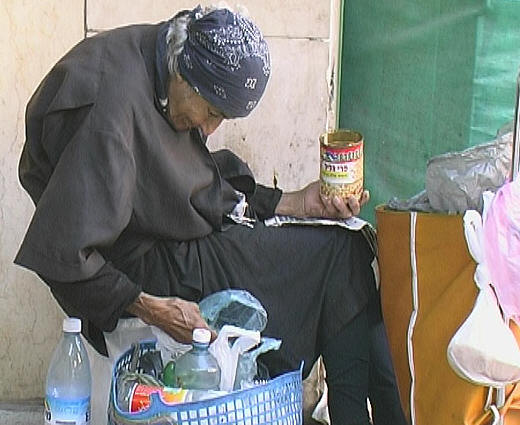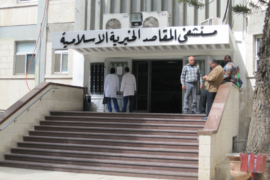According to the annual report published last week by the National Insurance Institute (NII), one in five Israelis – roughly 1,780,500 – live in poverty.
The report, based on findings for 2017, said that Israel has the highest poverty rate among Organization for Economic Cooperation and Development (OECD) nations.
While Israel’s overall poverty rate increased by 2.7% from 2016 to 2017, the proportion of families living in poverty decreased by 0.4%.
A decrease in poverty amongst children but increases amongst the elderly and unemployed was also reported.
Under the leadership of neo-liberal Prime Minister Binyamin Netanyahu (Likud), the state intervenes as little as possible in the market and keeps taxes on Israel’s wealthiest citizens to a minimum while roughly 20 percent of the population lives below the poverty line.
It’s important for Netanyahu and Israel’s ruling class to be part of the OECD, even if it means being the member with the highest poverty rate, because Israelis are conditioned to see inclusion in the Western world as a mark of national success. Yet of all OECD members, only Mexico surpasses Israel in its number of poor families.
According to the NII report, Ḥaredi Israeli are the country’s poorest Jewish population, with their sector showing 43.1% poverty.
Palestinian citizens of Israel, who account for the state’s poorest sector, have seen a steady decline in poverty over the last couple years. According to the new report, Israel’s Arab sector has a 47.1% poverty rate, down from 49.4% the previous year and 53.5% the year before that.
An alternative report from the Latet (Hebrew for “to give”) organization shows bleaker numbers than the NII, stating that while there are more than two million impoverished Israelis – 1.3 million adults and more than 1 million children – according to official measurements, there are actually many more Israelis suffering from poverty.
The report shows that about one quarter of all Israelis suffer from severe economic difficulties and meet various Latet criteria for living below the poverty line.
A major difference in the poverty index drawn up by Latet and that of the NII is that the NII only uses income to define poverty. Anyone earning less than 3,000 shekels a month (roughly one third of the national average wage) is considered poor by the NII.
Latet, on the other hand, defines poverty using a number of other factors that include food and medication shortages. The distinction between the two methods has led to a disparity of half a million people living below the poverty line.
It’s important to recognize the fact that Israel’s Likud-led coalition has dedicated hundreds of hours to corrupt bills for its own survival while nearly two million citizens are living in dire poverty.
While Israel’s minimum wage rose to 28.49 shekels an hour and 5,300 shekels a month in January 2017, the bleak figures in the poverty reports regarding working families show that the minimum wage is still not sufficiently high and must be further raised to a level that offers Israeli families a dignified existence.





